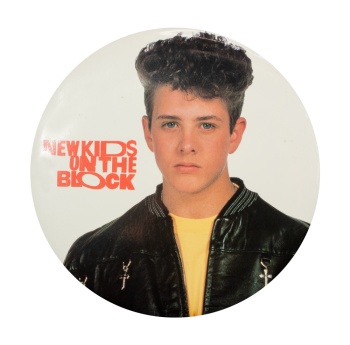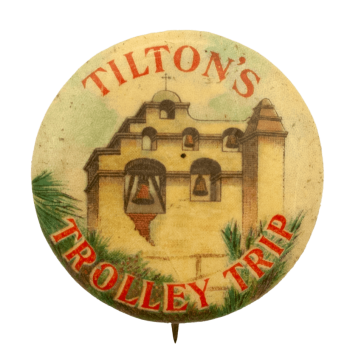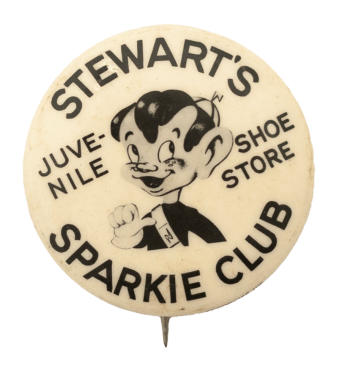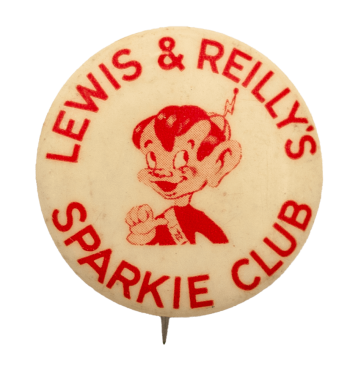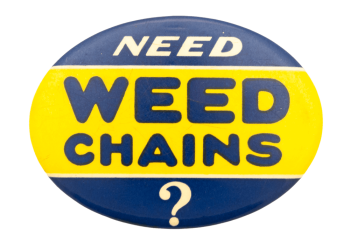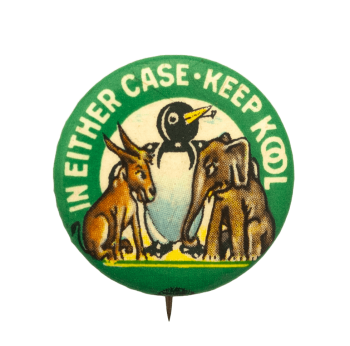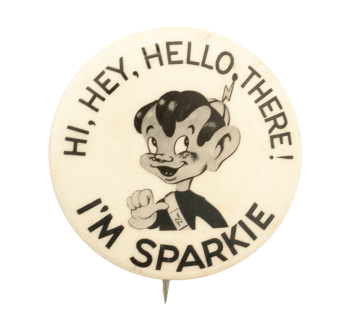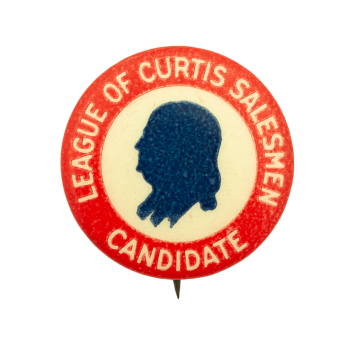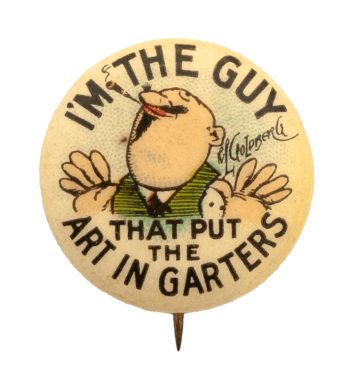New Kids on the Block Joey McIntyre
| Category | |
|---|---|
| Additional Images | |
| Sub Categories | |
| Text on Button | NEW KIDS ON THE BLOCK |
| Image Description | Color photograph of Joey McIntyre with red text |
| Curl Text | BUTTON-UP CO. 2011 AUSTIN TROY, MI 48083 |
| Back Style | |
| The Shape | |
| The Size | |
| Year / Decade Made | |
| The Manufacturer | |
| Additional Information | Joey McIntyre was just 13 when the boy band, New Kids on the Block (NKOTB), released their self titled debut album in 1985. NKOTB was created after the band’s producer and promoter, Maurice Starr, was fired by New Edition, the popular R&B band. McIntyre was the last member to join the group. However, he felt as if he did not fit into the group as he was the youngest and was not initially treated well by the other members of the band. After a heart to heart with fellow bandmate, Donnie Wahlberg, McIntyre chose to remain a member of NKOTB. The band rose to stardom after the song “Please Don’t Go Girl” won the hearts of young girls everywhere. Since then, McIntyre has remained in the spotlight as a member of NKOTB and, later, as a solo artist, actor, and TV host. |
| Sources |
Kettler, S. (2020, September 9). New Kids on the block: The hurdles they overcame before enjoying Pop Music Success. Biography. https://www.biography.com/musicians/new-kids-on-the-block-origins Bio. Joey McIntyre. (2023, May 17). https://joeymcintyre.com/bio/ |
| Catalog ID | MU0520 |

